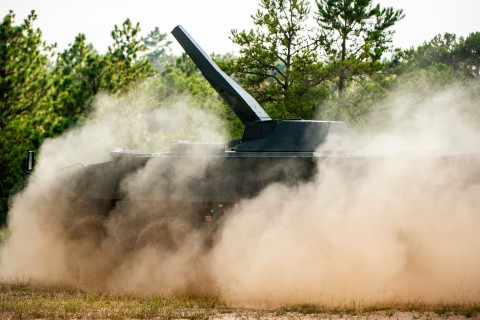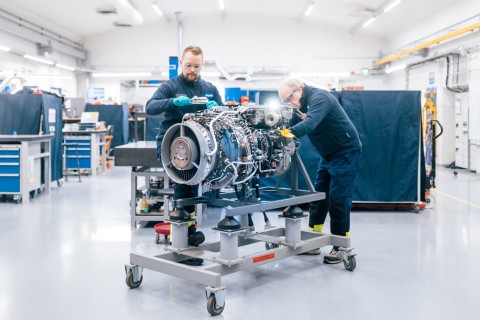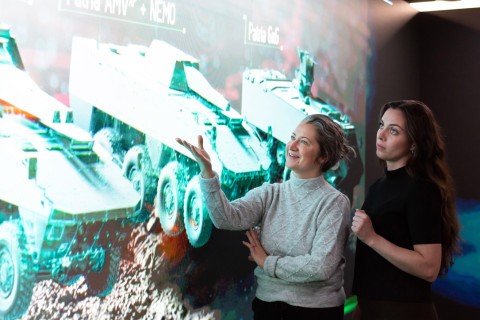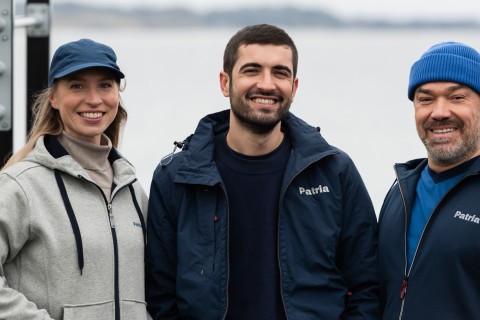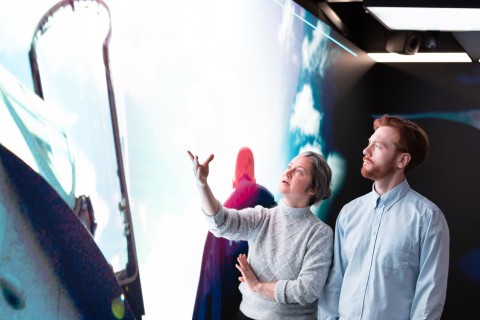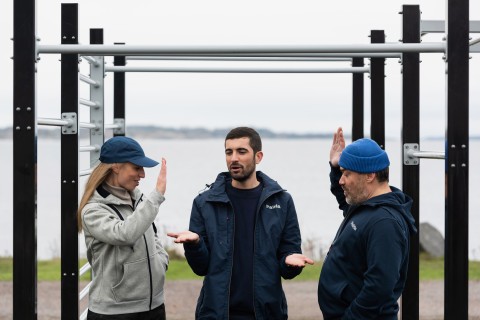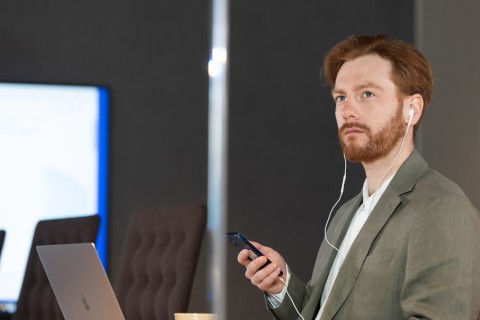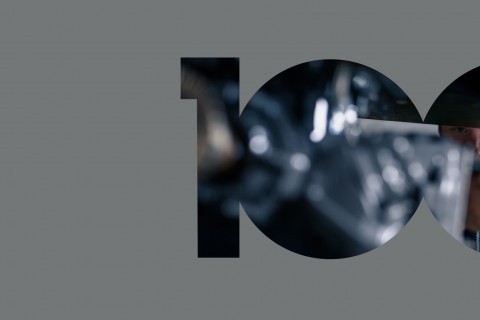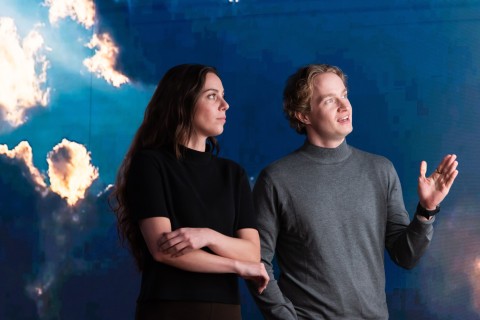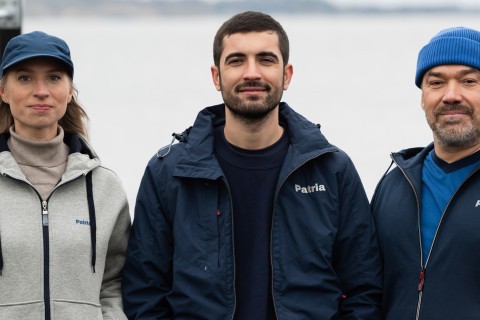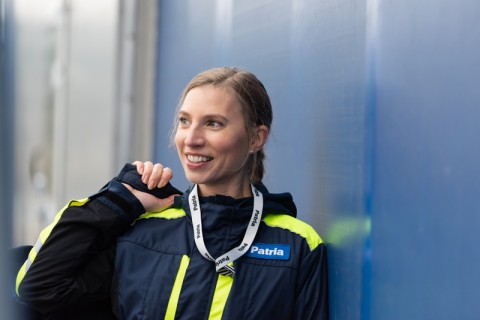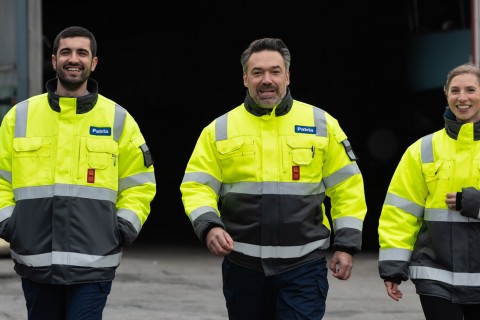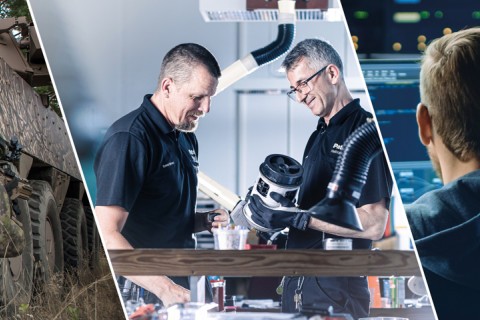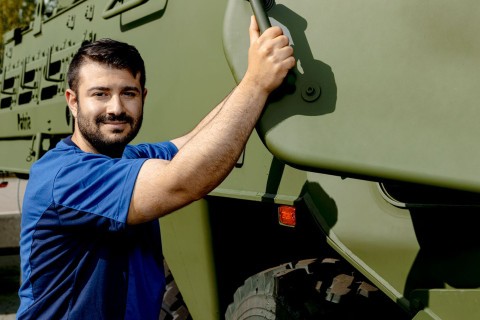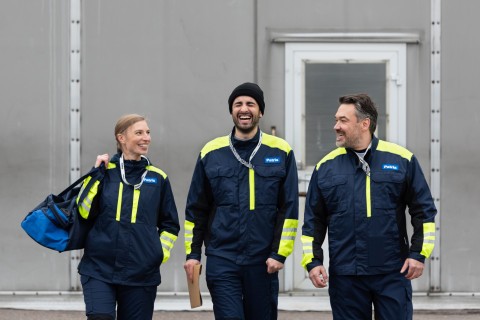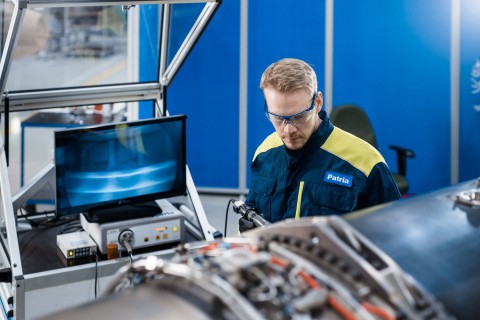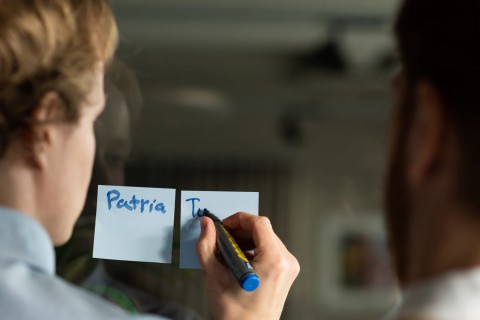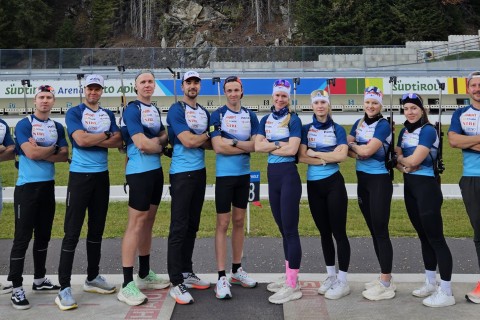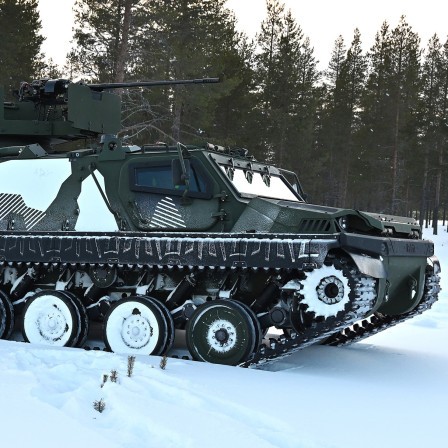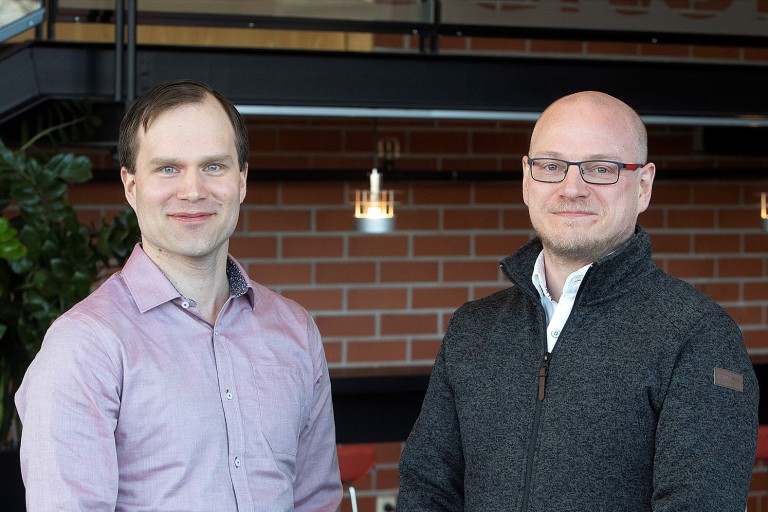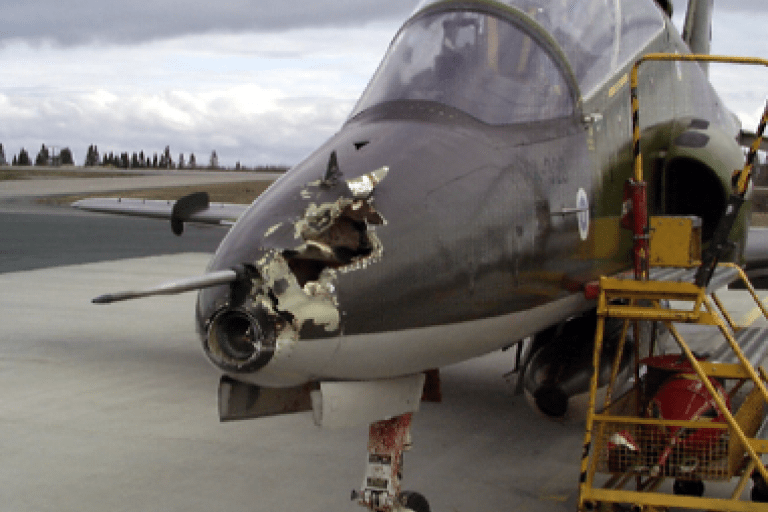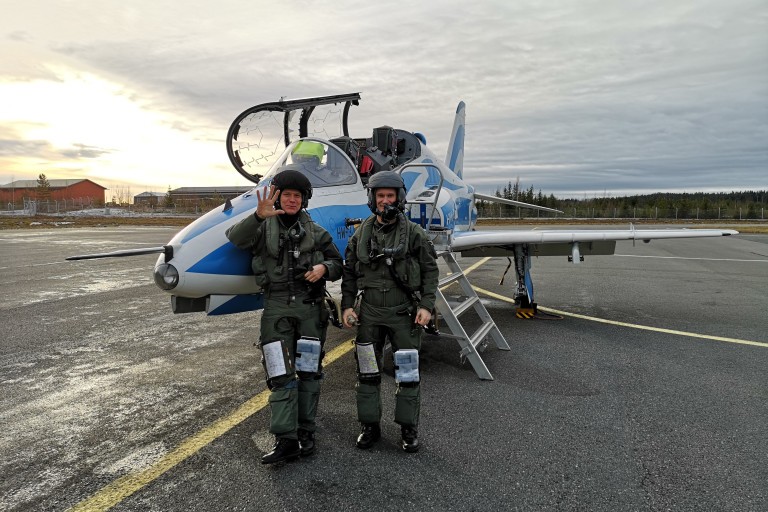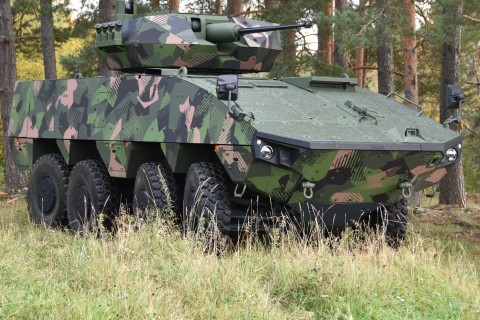
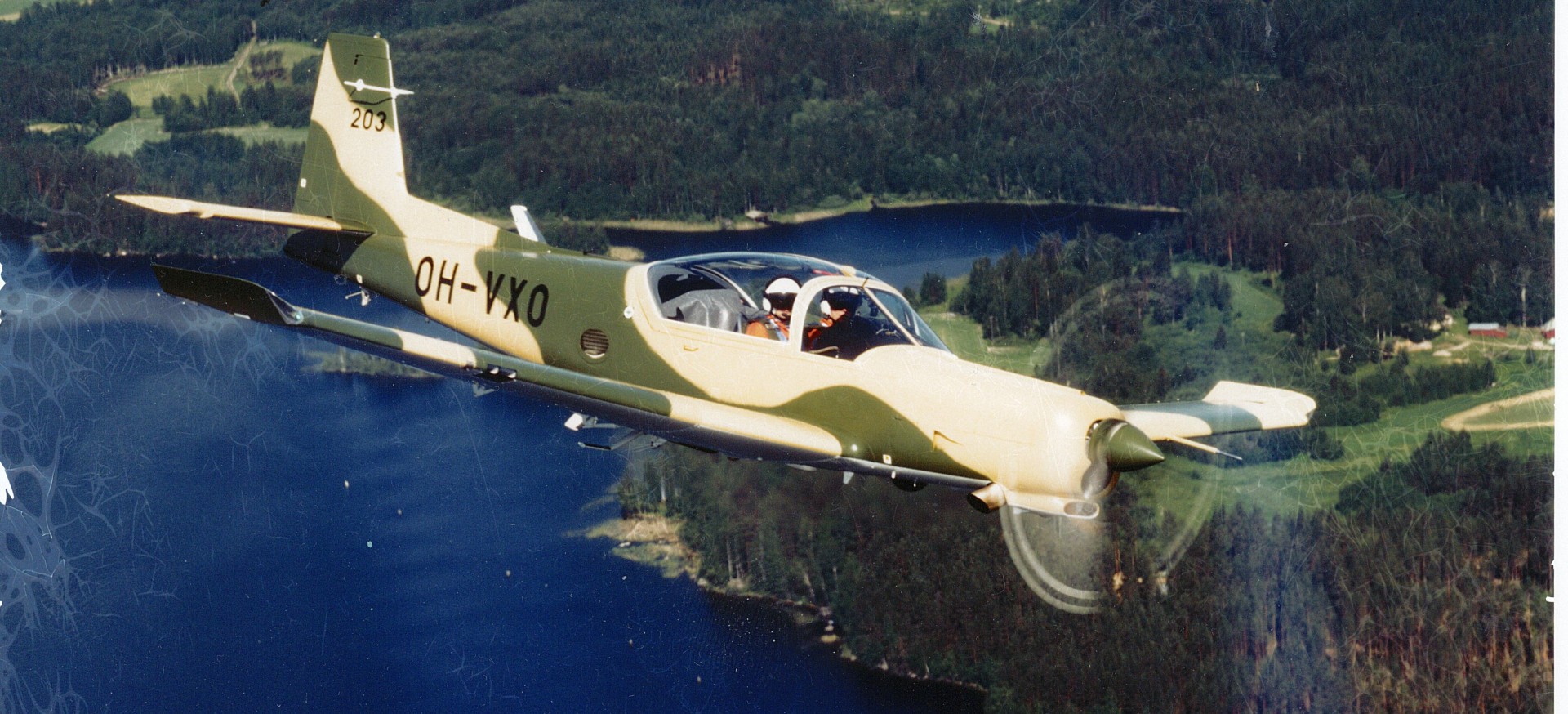
A dyed-in-the-wool prop plane man
8.12.2021
Patria’s Redigo training and liaison aircraft provided Jukka Hälinen with a long and interesting career. His most vivid memories involve working with the Mexican Navy.
Text: Matti Remes Photo: Jukka Hälinen
Jukka Hälinen entered the employ of the Valmet aircraft factory in Halli, Kuorevesi in 1989. Much of his career since then has involved the training and liaison aircraft Redigo in one way or another.
The design of the Valmet L-90 TP Redigo began in the early 1980s. When Hälinen came on board, series production of the Redigo was being started up. His first big job was to draft manuals for Redigo maintenance and flight.
Hälinen was responsible for preparing the maintenance manual and spare parts book. He also contributed to drafting the pilot manual.
“The maintenance manual was around 1,000 pages, the spare parts book 500 pages and the pilot manual around 200,” he says.
Going with the planes to Mexico
Development of the Redigo began at the Kuorevesi factory when production of the Vinka and Hawk training aircraft was being wound down. The Redigo was designed to be a faster advanced training aircraft with a turboprop engine and retractable landing gear.
Once the manuals for the new aircraft had been completed, Hälinen transferred to customer service duties. Ten Redigos were sold to the Finnish Air Force. Redigos were also sold to the Mexican Navy and the Eritrean Air Force – eight apiece.
Hälinen’s most vivid memories date back to his time working with the Mexicans.
He accompanied the first Redigos when they were delivered to Mexico. From Halli, they were first transported by truck to Amsterdam, and from there by air freight to Mexico City. They were then carried by truck to their destination, a naval base close to the city of Veracruz on the eastern coast of the country.
Well-rounded customer service
In the post-delivery years, Hälinen maintained close contact with not only the Finnish Air Force, but also the Mexican Navy, and visited the country eight times.
“The longest trip took five weeks. All in all, I spent almost four months in Mexico,” says Hälinen.
Customer service included solving technical problems and specifying the necessary spare parts and maintenance tools. Mexican mechanics also visited Finland twice for two-week training sessions. The training was held in English – but former Mexican Navy mechanic Martin Martinez Rivera was on hand to translate into Spanish.
“Working with the Eritreans and especially the transfer flight of the last two planes to Asmara were also interesting experiences.”
Hälinen later transferred from handling Redigos to other duties at Patria, but he still kept in touch with the Mexicans. In 2011, he went on holiday to Mexico and visited the familiar naval base.
“At that point, only some of the Redigos were still in use. Aircraft maintenance was hindered by a shortage of spare parts. The manuals had also started becoming obsolete.”
The Finnish Air Force decommissioned its Redigos in 2013. Five of the aircraft were sold to a private aviation enthusiast in Sweden. Four of these later went to a U.S. company called Blue Air Training.
“I served as the liaison with the Americans and was responsible for delivering the remaining spare parts that we had in stock to the customer.”
Pilots praise the Redigo
Hälinen himself logged about 150 flight hours on a Redigo demonstration plane.
“The aircraft performed well and was pleasant to fly. Others who have flown the plane have said the same.”
The four-seat Redigo had a top speed of 350 km/hr. Its operating range was 1,500 km and its ceiling around 7,200 metres.
The Redigos delivered to the Finnish Air Force were equipped with one 420 hp Allison turboprop. Exported planes had 30 horsepower more.
From his Redigo customer service duties, Hälinen assumed the position of Documentation Office supervisor at the aircraft factory, and then transferred to quality assurance tasks. Over the past couple of decades, he has served in expert duties in technical services. For example, he has long been the type-rated engineer for the Vinka training aircraft.
“I’ve been a prop plane man during my whole career at Patria.”
What did you like about the article?
Thank you for your opinion! You can share the article on social media using the buttons below:
